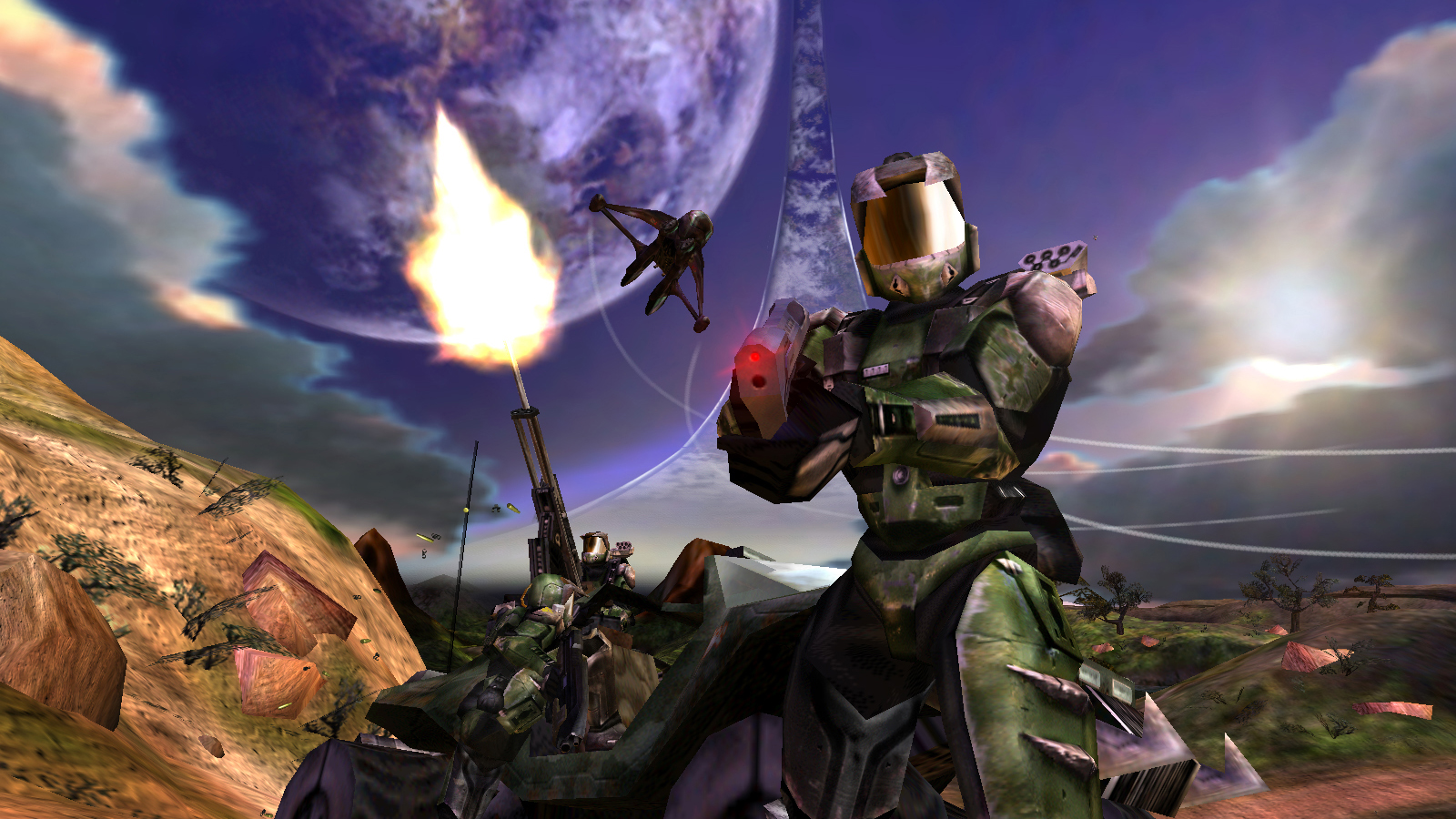Inside the journey to bring Halo back to PC
From uncapped framerates and iconic sound effects to the future of Halo's mod scene, 343 goes deep on Master Chief's PC comeback.
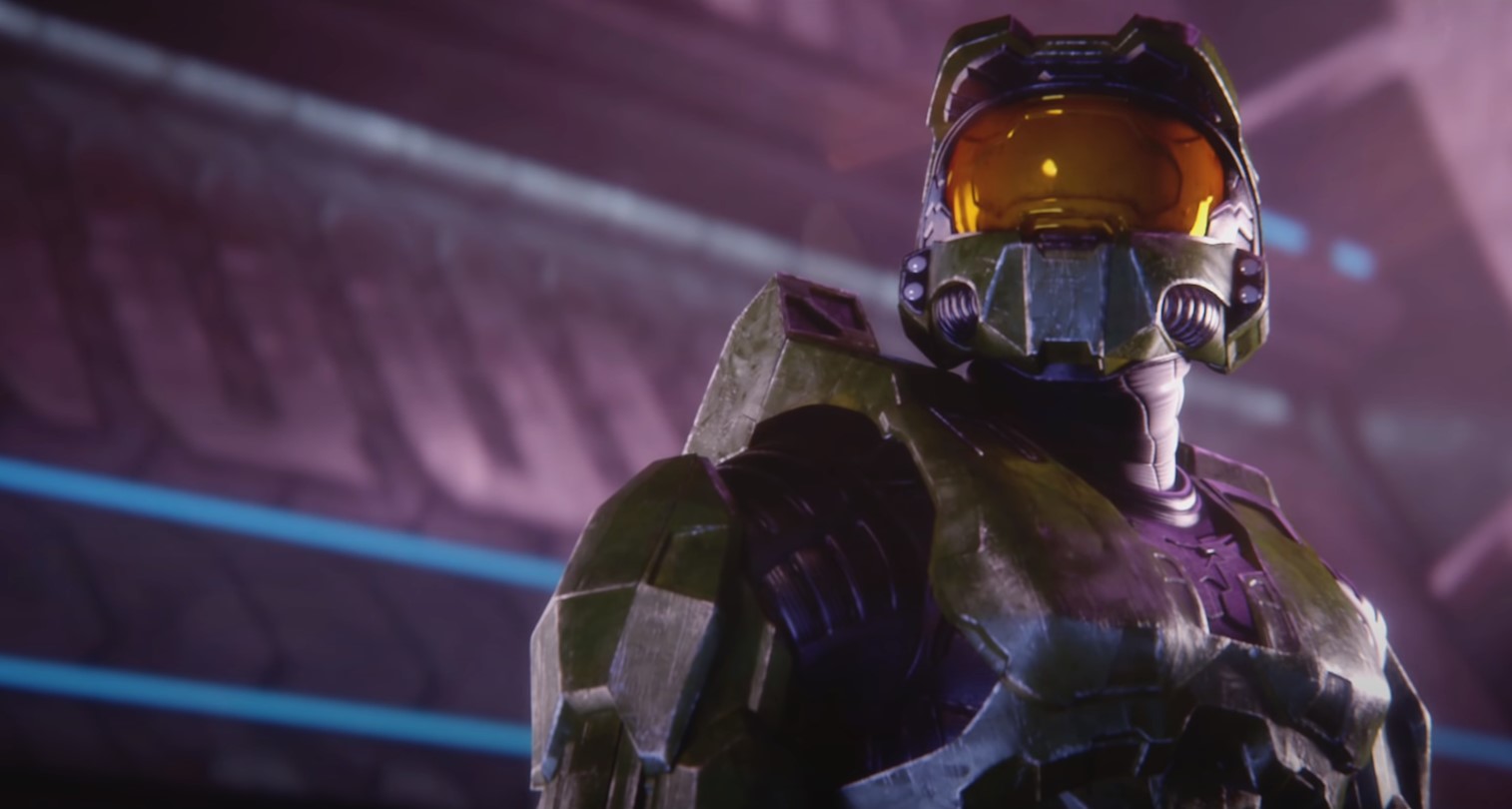
Slayer. Is there a voice clip I've heard more, in my life, than Halo's gravelly announcer preparing me for combat? Maybe one of his other callouts: Double kill. Triple kill. Overkill! (Okay, now I'm just trying to brag). If there's anything truly and utterly timeless about Halo, it's that voice playing over the warm blue sky and dusty fields of Blood Gulch. Halo: Combat Evolved, which was added to the Master Chief Collection on PC in March, looks today exactly as it always has in my mind's eye: the same as it was on chunky CRT TVs at splitscreen LAN parties, the same as it was on the PCs in my high school 3D modeling class.
My memory, of course, is wrong.
Just because we have source assets and code and all that stuff, it isn't a magic bullet most of the time
Mike Fahrny, senior producer
The Xbox and gaming PC and CRTs I played on in the early 2000s couldn't run Halo at 144 fps, and they definitely couldn't do it at 4K. If I went back to them now, I'd grimace at the low resolution and how sluggish it felt to hop across Blood Gulch. But the new version of a near-20-year-old game is sharp as hell and more responsive than ever, even if its polygons are almost old enough to drink.
Making a game look and sound like it does in your memory, but no newer, is the delicate balancing act of the Master Chief Collection, which developer 343 Industries is bringing to PC this year one Halo game at a time. Halo 2 arrives on May 12.
There's no detail too small for the fans to notice. Case in point: another classic Halo sound, the respawn beep, was slightly different in the original PC port, made by Gearbox in 2003. When 343 created Halo: Combat Evolved Anniversary for Xbox, that PC port served as the foundation. But a few things just weren't quite right, which they now have an opportunity to fix.
"That respawn beep is so iconic, you know what I mean?" says Sean Swidersky, an associate producer on the Master Chief Collection. "Between the two versions there is a difference in tone... I think our pillar here is to align to the legacy games as best as we can."
"It does get super complicated," adds senior producer Mike Fahrny. "Just because we have source assets and code and all that stuff, it isn't a magic bullet most of the time. It does require a lot of digging. There's a lot of rabbit holes we go down. And then you add the fact that MCC is all these things in one, right? It gets very, very complicated."
The biggest gaming news, reviews and hardware deals
Keep up to date with the most important stories and the best deals, as picked by the PC Gamer team.
Over the course of a long day at 343 Industries in Redmond, Washington back in February, I talked to the team ending Master Chief's PC dry spell about the major success of Halo Reach in December, the intricacies of retrofitting 20 years of gaming history for modern hardware, and what we can hope to see on the Master Chief Collection when every game is live on PC.
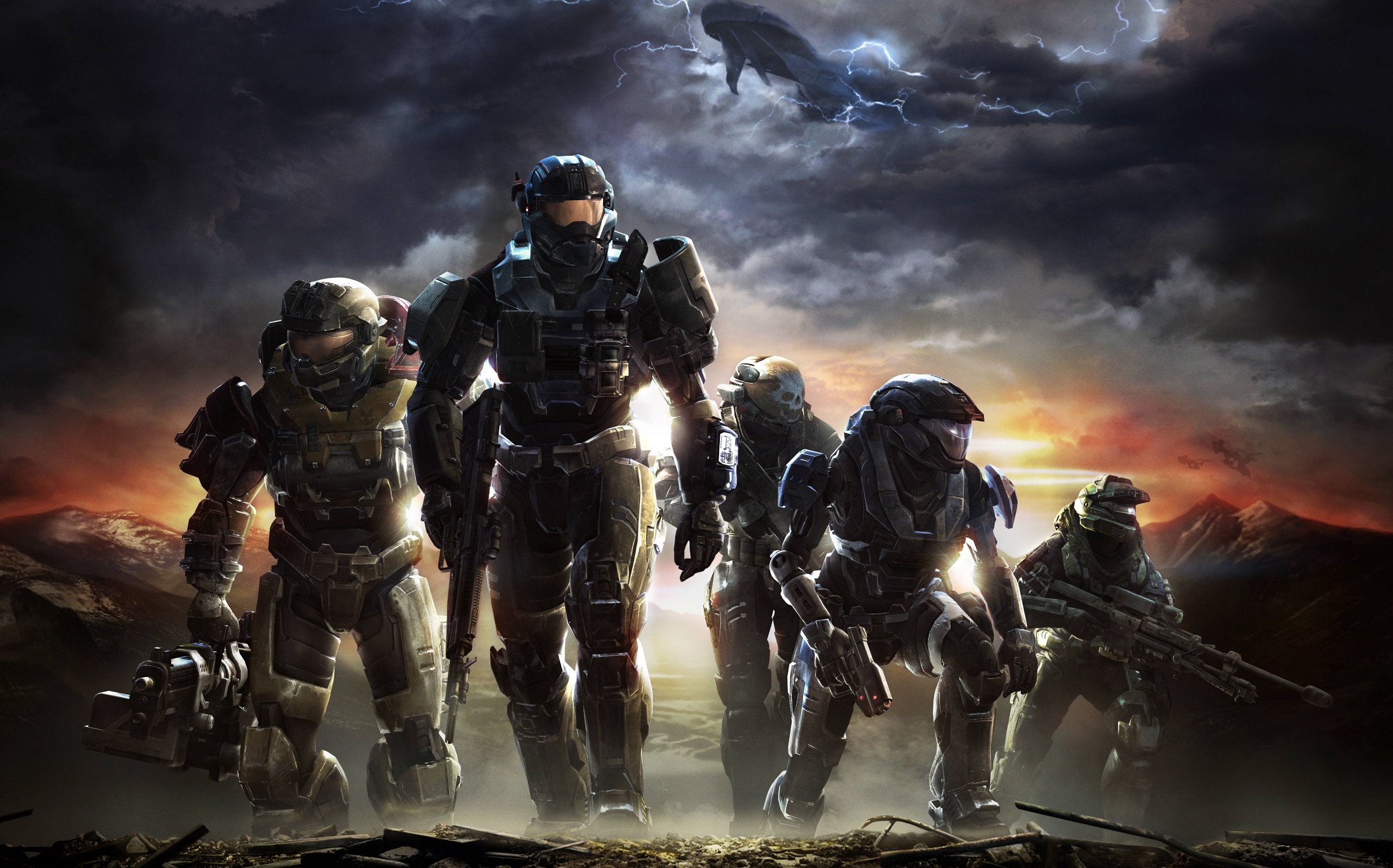
It's complicated
A lot of times PC gamers feel like they're getting the leftovers from consoles... We had to make it feel like it was a native PC product
Brian Jarrard, community director
When Mike Fahrny started on the MCC team in 2019, the first thing he did was go out and buy an ultrawide monitor. They didn't have one, and he knew ultrawide support would be one of the features PC fans asked for. "I'm a PC enthusiast. It's one of the reasons they brought me in," he says. "We have a lab set up that can do various hardware settings, and then flighting was really key for us in having the successful launch that we did. I think one of the big mistakes that studios developing for PC make these days is they do it kind of in a vacuum. We decided very early on we didn't want to do that. The community's coming with us."
This ideology of "flighting"—essentially beta testing—started at 343 Industries before the Master Chief Collection came to PC, but it's hard to overstate how transformative it's been for Halo. Back in 2014, MCC's release on the Xbox One was something close to a disaster. Online play simply didn't work for many players, and other issues big and small made the whole thing feel barely held together with off-brand duct tape. It was a black eye for 343 that didn't fade until 2018, when a new dedicated team started to rebuild Master Chief.
"I believe that was the beginnings of the first time the studio has ever had a flighting program where we started to work on this system of alpha-style builds to iterate on with players giving us feedback," says long-time community director Brian 'Ske7ch' Jarrard.
Jarrard writes many of the massive community updates that have come to define 343's new era of transparency around rebuilding the Master Chief Collection, and it was on an Inside Xbox stream in early 2019 that he announced Halo was finally coming to PC. Inspired by a viral Reddit joke, ecstatic PC fans started sending pizzas to the 343 office. As more and more pies piled up, Jarrard had to beg fans not to send more.
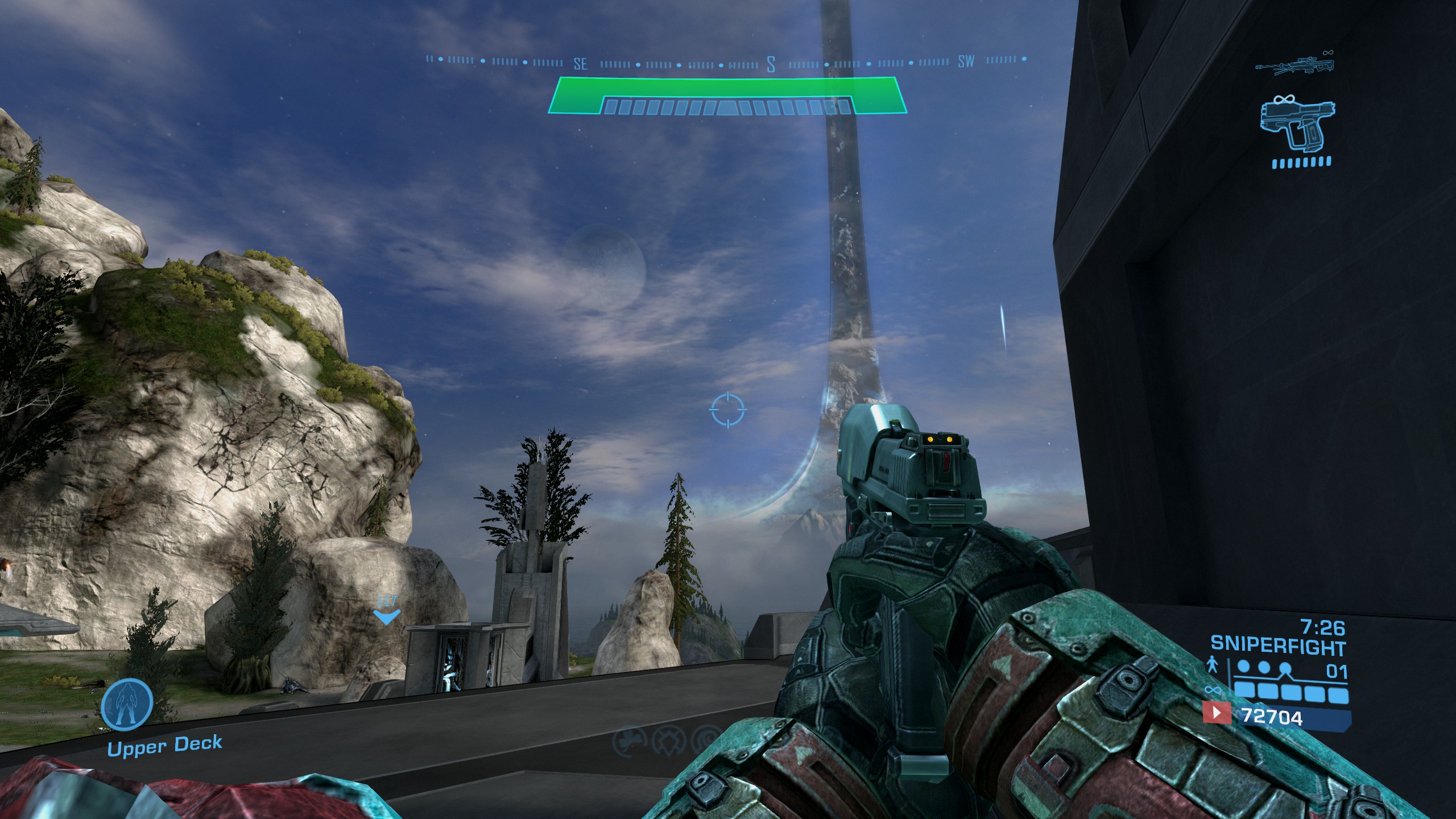
"They expect a lot, and the bar is very high. My guess is there's a lot of pent-up sentiment that a lot of times PC gamers feel like they're getting the leftovers from consoles, getting bad ports. So it was important to us that this could not be just a port. We had to figure out the way to make it feel like it was a native PC product."
The exciting news is that every game is up and running on PC right now, in various stages of completion. The list of expected features for all of them is easy to rattle off: unlocked framerates, 4K support, dedicated servers, mod support.
Actually implementing them, well, that's not quite so easy.
The unlocked framerate challenge
Let's start with framerate. Say you're simply taking a game originally locked to 30 fps and making it run at 60 fps. When game code is written, explains technical director Andrew Schnickel, some things are set to happen every 1/30th of a second, while others are programmed in relation to one "game tick." At the original framerate, those would be equivalent. But if you double the framerate, all of a sudden they aren't. This can make guns fire too quickly, or effects animate at the wrong speed.
It can even break bits of the campaign, because scripts don't trigger properly. It varies from game to game.
"It's hard to go through all the mission scripts line by line and go 'Oh, this is going to be a problem,'" says Schnickel. "It's easy to miss stuff and sometimes it would just exhibit in weird ways. There was one in I think the Halo 4 Spartan Ops—there was a jackal up on a cliff somewhere, and you couldn't kill him. You'd be shooting at him and he just would not die. It was a script timing issue, so it just takes a lot of careful debugging to find that."
Uncapped framerates are even harder for old games, since the original programming's dependence on frame timing goes completely out the window. Animations are tricky. If they were created for 30 fps, adapting them to a framerate like 144 fps requires a lot of interpolation—the path the animation takes between defined key frames. That can have some weird side effects, like graphics clipping through one another.
Fahrny says their first animations for Halo Reach even caused motion sickness in some players. The brain can tell something weird's going on with that kind of interpolation. Even if we don't know why, we can tell it just looks wrong. But creating completely new animations for these old games isn't feasible—too timely, expensive, and difficult to implement in a port or remaster project—so it takes a lot of iteration to get them looking as good as they can.
Fixing the little things
When you're converting a game from one platform to another, let alone half a dozen games, little quirks pop up everywhere, from the netcode to the controls. 343 was open in talking about these.
Halo Reach mostly plays like a dream on dedicated servers, but strangely, the AI Grunts in the Firefight mode lost the ability to jump up onto boxes.
Sean Swidersky, who comes from a pro gaming background, mentions that in early test flights, European players' grenade throws seemed to be oddly delayed. After upgrading some of the Microsoft Azure servers used to host games, and making some changes to how network traffic is relayed, they started behaving as they should.
This is modern game development. We need to not be scared to say, 'Yeah, we ran into some problems. This is what our plan is, let's talk about that'
Mike Fahrny
At launch, the most widespread criticism of Reach was that it sounded muffled and just… off, from the original. It hasn't been a quick fix. "It caused us to go back and say, 'Hey, we should just take a look at the audio for all titles," explains Mike Fahrny. "Reach's [digital signal processors] for whatever reason were not great, so let's go back to a partner that has the sources for these, rebuild them for modern platforms, while we have an actual audio engineer go back through and make sure everything is balanced and leveled properly. That takes a long time."
That process is still ongoing. In a MCC update post at the end of April, Fahrny wrote that "we are continuing to quality check these fixes for Reach and other titles, we hope to be able to flight this and gather feedback soon."
While fans look at 343 as the monolithic studio in charge of Halo, the truth is that the team behind the Master Chief Collection is small. Most of the work is outsourced, with Fahrny and his team steering the ship.
"Sometimes things just take time, and it's hard to communicate that out to the fan base," he says. "This is modern game development. We need to not be scared to say, 'Yeah, we ran into some problems. This is what our plan is, let's talk about that, let's work together on it, we're going to flight it, please give us feedback on it, what you say matters to us, we'll adjust. It's moving along pretty well. I think people will be happy with the end result, though they've had to wait longer."
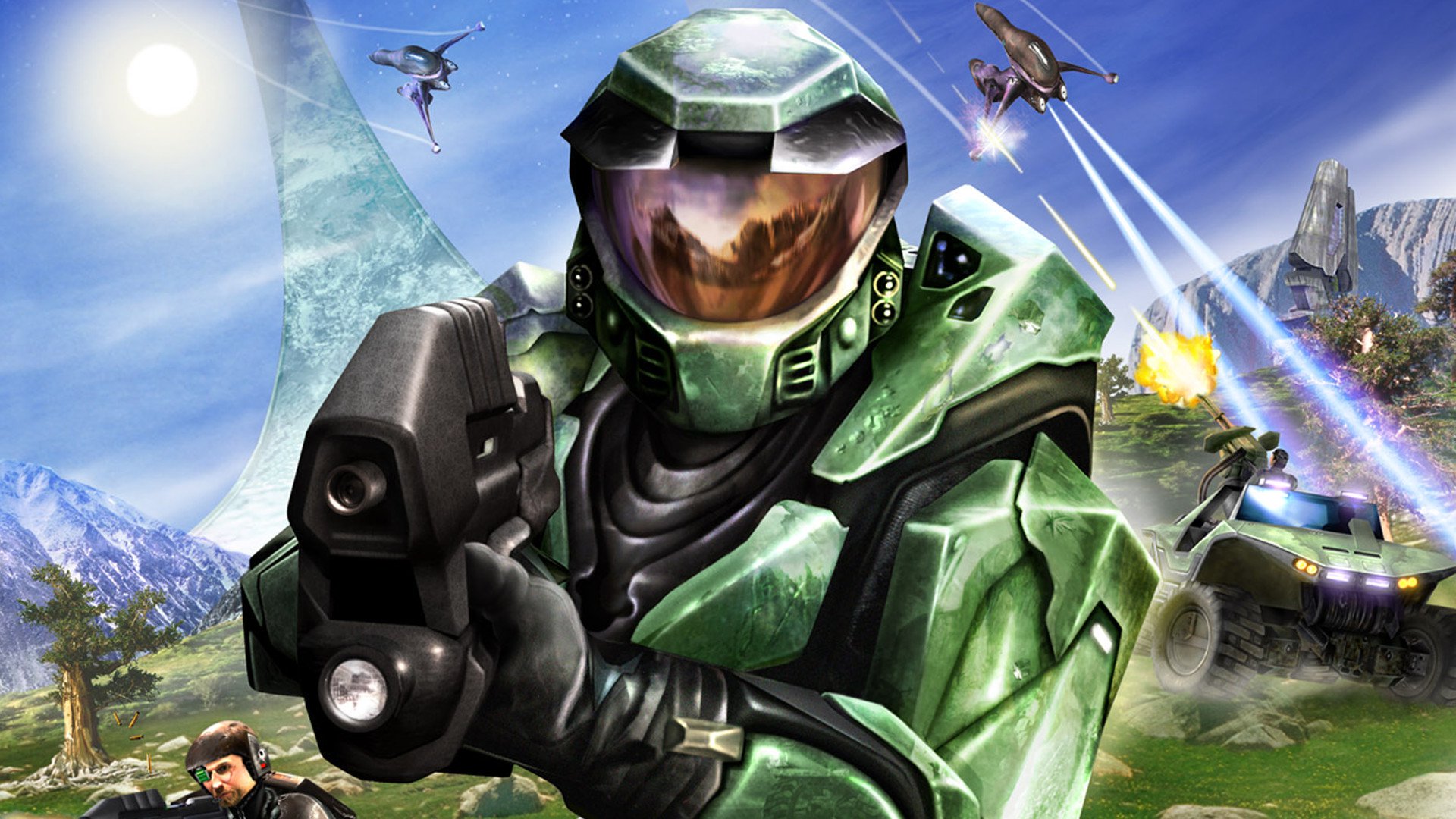
Halo: Combat Evolves
The Master Chief Collection began on PC with Bungie's final Halo game. It followed that with its first. Halo: Combat Evolved is an interesting case for 343, because the original PC port, released in 2003, is still actively played today, with a lively server browser and years of accumulated Custom Edition maps and mods. Halo 1's "Anniversary" makeover only applies to the campaign, and allows for seamlessly swapping between new and old graphics. It's a cool effect, and given the still-active legacy multiplayer community, it's probably for the best that multiplayer never got the same makeover.
There's a purity to Halo 1's multiplayer that I love, even if, like a lot of players, Halo 3 is the one I'm really waiting for on PC. But with more detailed graphics, the simple geometry of classic maps like Blood Gulch and Hang 'Em High would look out of place. Adding objects to the maps would dramatically change how they play, and go against the MCC's mission of preservation. Of all the games, Combat Evolved is the one for which 343's developers should be least concerned about balance.
"You know the story behind the pistol, right? That was actually a bug and it shipped that way," Jarrard remembers. He worked at Bungie for years before joining the Halo team at Microsoft. The almighty Halo 1 pistol and its killing power has been the subject of endless debate over the years, mostly whenever a successive Halo comes out with an inevitably weaker magnum. But today it's firmly part of Halo's legacy. "In retrospect, if we had flighting back then, we probably would have had overwhelming feedback that would've made the team completely nerf that thing into the ground. But after the fact, the studio decided to just leave it."
The other key to Combat Evolved's legacy, at least on PC, is modding. I spent one summer as a teenager playing the same map day after day, CTF matches dragging on for entire afternoons. For console players, the equivalent was probably Blood Gulch or Sidewinder. For me it was Wartorn Cove, a custom map that dominated community servers back in 2004. Because the multiplayer in the Master Chief Collection port is largely unchanged, modders have the ability to get those kinds of maps working again. There's already a detailed community guide to converting old Halo: Custom Edition maps to work with the MCC, but it's not exactly simple.

"Right now it's a little cumbersome to do it," Fahrny says of modding in general. "We don't have Steamwork support or any of that stuff, which I think long-term, we'd still love to investigate doing." Fahrny even likes the idea of a custom server browser, but the priority is first getting all the games out on PC and to ensure that they'll be as moddable as possible, even if they aren't building out tools just yet.
"One of our engineers on our team came from the Halo 1 mod community, so it's his passion, he's consistently doing things behind the scenes that sometimes we're not even aware of until he's done," says Fahrny. "Which is always great, but surprising to us producers."
When we talk about mods, Swidersky excitedly asks everyone if they've seen the nuke video on Youtube. Someone already modded a nuke launcher into Reach, complete with some impressive explosion effects and massive damage (it annihilated a Scarab, Halo's equivalent of the AT-AT, in one shot). He's excited about the idea of custom games further playing with the rules of Halo. Could someone mod in Call of Duty-style kill streaks, where a running riot earns you a nuke launcher? Crazier things have happened.
Engineer Sean Cooper was a longtime member of the Halo: CE mod community before moving on to mod Halo Wars and eventually working on the series at 343, and he and I talked about his past as a modder and his hopes for future support in MCC. 343 wasn't ready to announce anything, but at this rate modding tools seem more likely a 2021 project than something we should expect this year. There is, after all, a whole lot of Halo left to port.
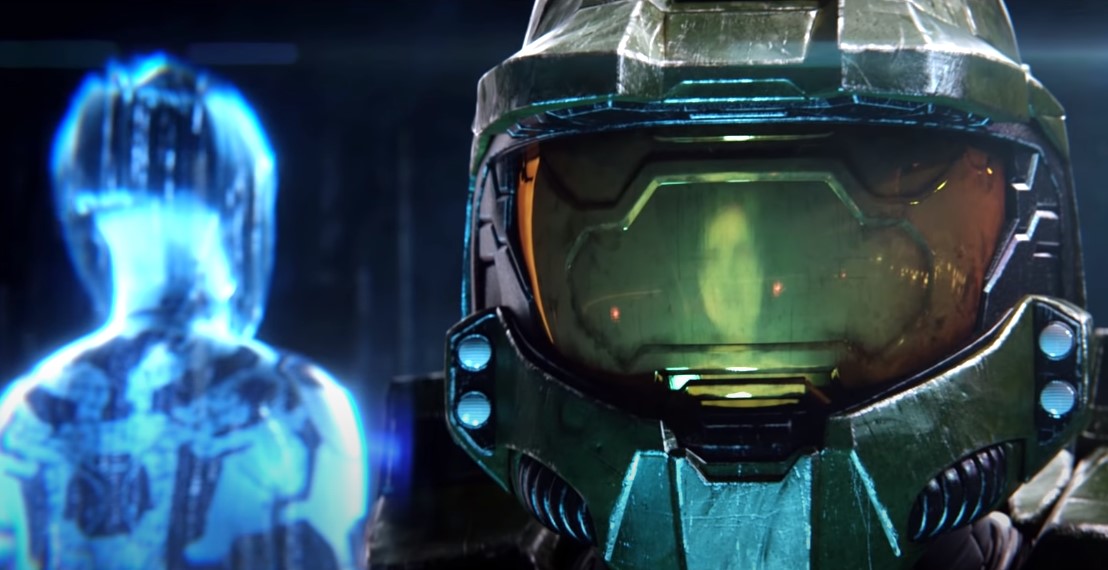
Halo 2 and beyond
Sometimes making these games better ironically means preserving bugs that became enshrined as features
Halo 2's online multiplayer almost single-handedly made Xbox Live a phenomenon in 2004, though its Windows Vista port came far too late, in 2007, to really make an impact on PC. It's getting a second shot this week, and when it rolls out, the existing Master Chief Collection games are getting some tweaks as well, a reminder that 343 really is iterating on these releases over time.
The pistol spread in Halo: CE multiplayer becomes less accurate if the game is running at an unlocked framerate, the kind of issue that takes testing and careful scrutiny to uncover. That's getting patched. Some issues with screen tearing, which I noticed when playing Halo Reach without vsync, are being stamped out.
The developers are still testing a feature to add secondary key binding options for mouse and keyboard, which will be great for actions like switching weapons. And an in-the-works weapon offset option will be a huge help for wide FOV players.
When I visited 343's offices Halo 2 was still too far away for them to say much, but it did bring us back to the core philosophy of the Master Chief Collection—to preserve as much of the original experience as possible, down to fun exploits like sword lunging. That was something Swidersky remembers working on when he first joined the team, as 343 worked to revive the MCC and fix its major problems.
"We were very early on working towards that console update. It took me a few tries and then boom, I did it, and I was like, 'Dude, we have to [keep] this in.' If you look at speed runners and a lot of the different communities that do custom co-op campaigns, it was a good quality-of-life addition, which I hope is a tip of the hat to the legacy fans."
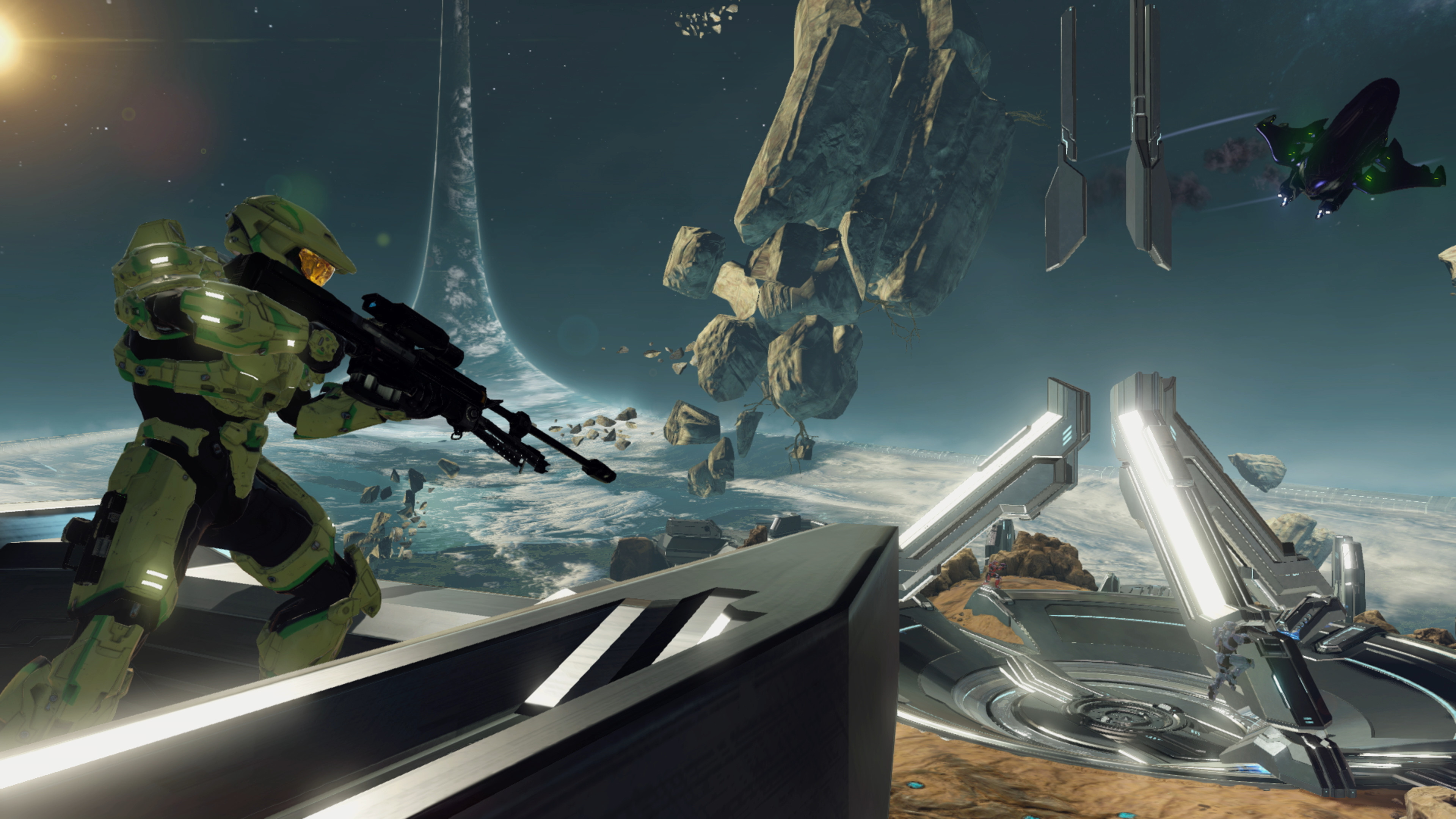
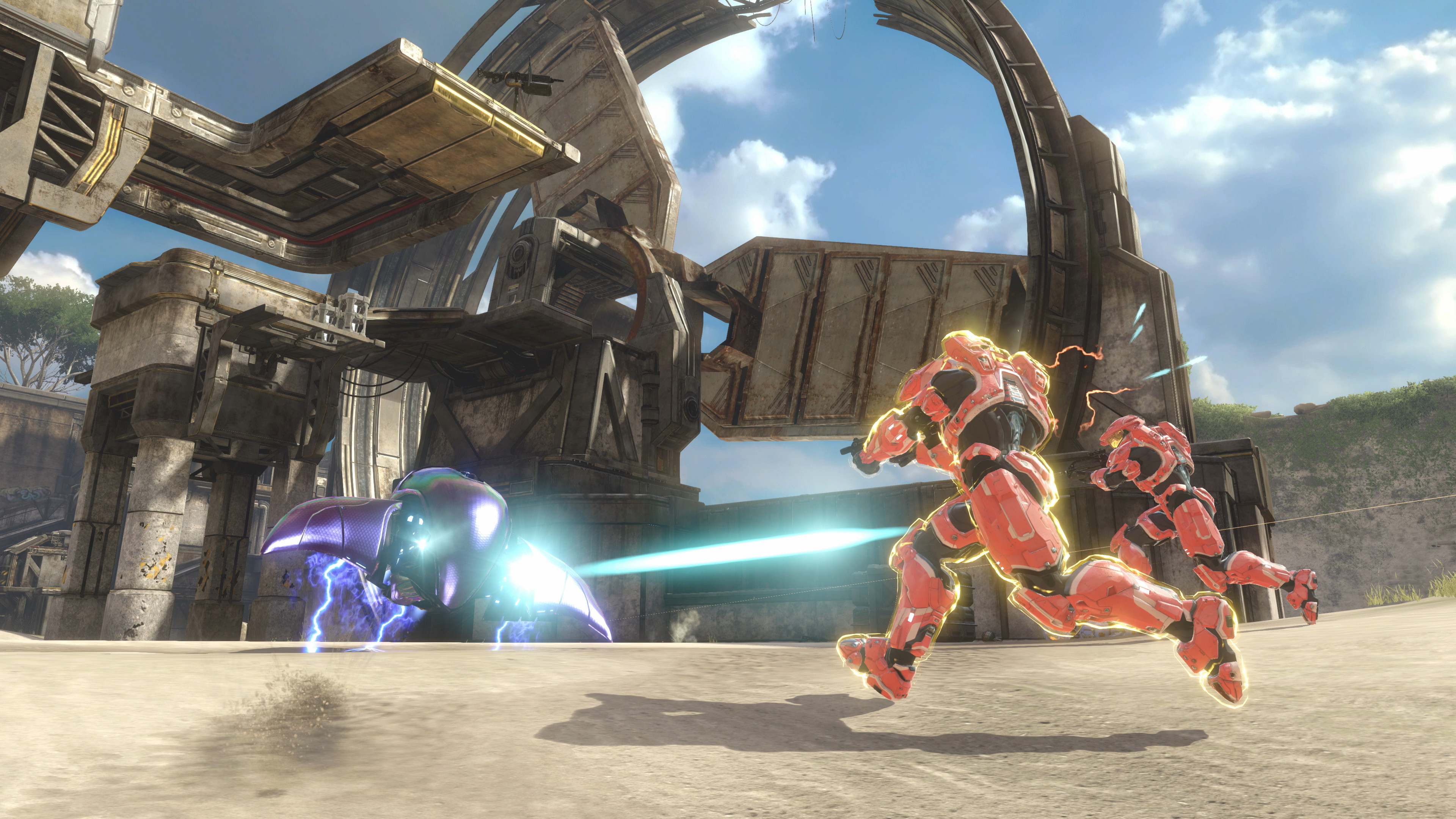
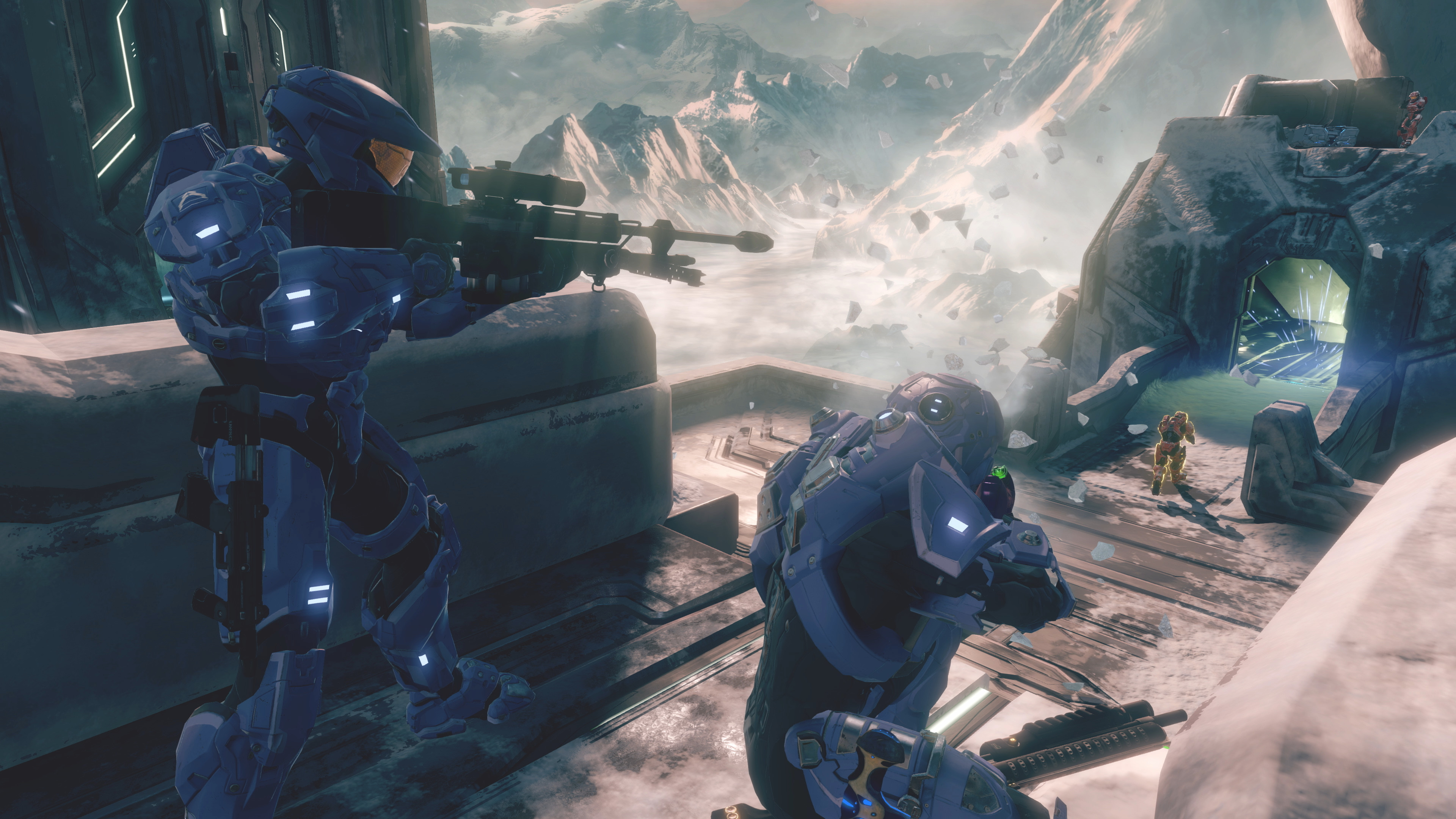
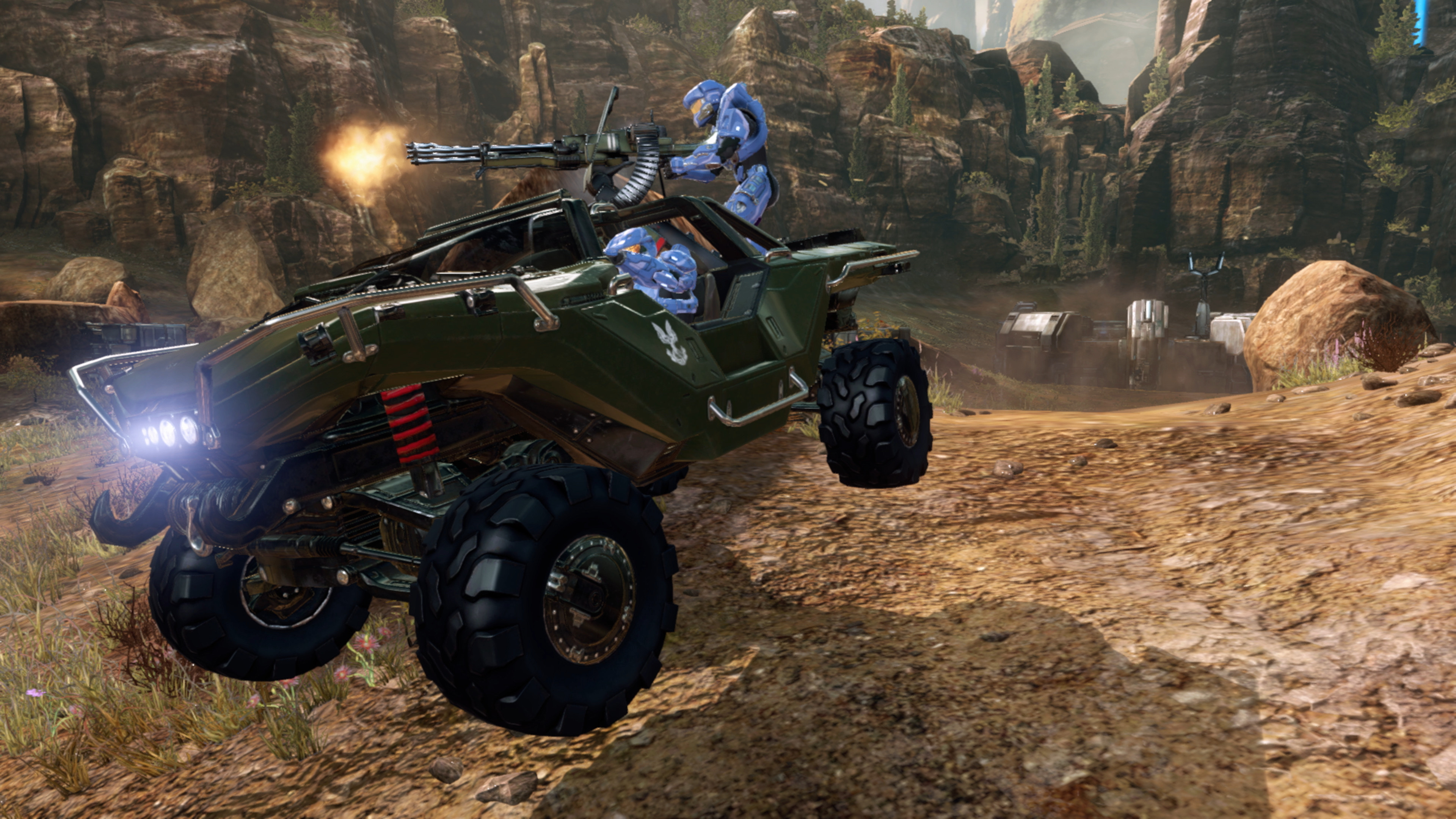
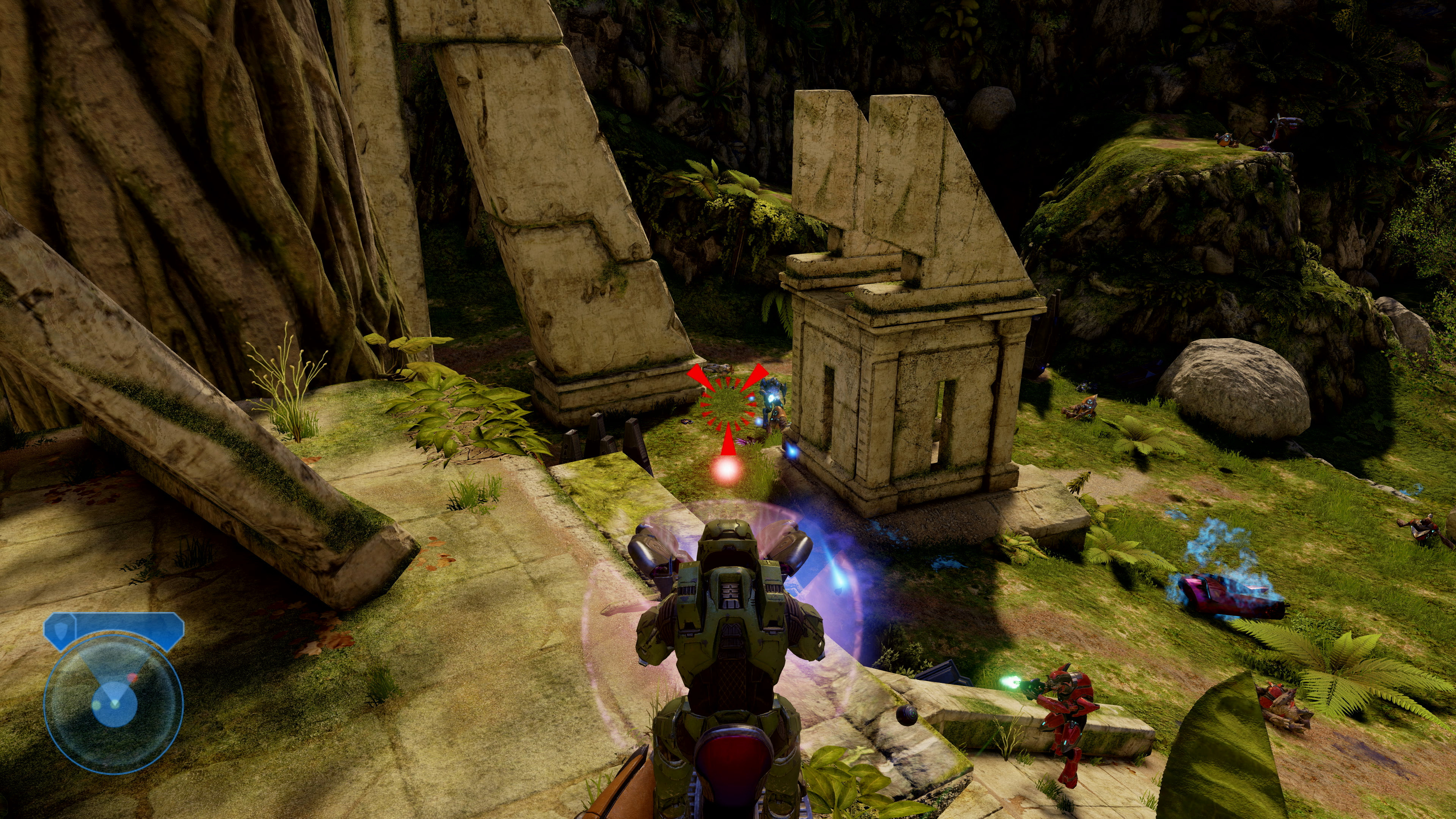
Sometimes making these games better ironically means preserving bugs that became enshrined as features. Halo 2 will be the Halo 2 you remember, right down to the button combos that let you shoot and melee simultaneously, though we'll have to see if mouse and keyboard controls or unlocked framerates throw a wrench into those classic moves.
With Halo 2, Master Chief Collection moves into the golden age of the series multiplayer, and it means the pinnacle, Halo 3, may just be a couple months away (343 posted some screenshots of it looking gorgeous in its most recent update).
Those two could give the MCC enough of a bump to occupy a constant spot on Steam's most-played games, even without factoring in all the players who login via Xbox Game Pass. It seems like the truly exciting times for Halo on PC may not start until after all the games are released and the mod scene can begin to truly flourish. "The future of the MCC is the community, says Fahrny, "and how we empower them."
"That's kind of always been the master vision, is [our team] creates this amazing foundation, and then we give the keys to the community and it's off and running," adds Brian Jarrard. For the first few bitter years of the Master Chief Collection's life, that would've been a hard sell. Now? It seems like Halo fans can believe again.

Wes has been covering games and hardware for more than 10 years, first at tech sites like The Wirecutter and Tested before joining the PC Gamer team in 2014. Wes plays a little bit of everything, but he'll always jump at the chance to cover emulation and Japanese games.
When he's not obsessively optimizing and re-optimizing a tangle of conveyor belts in Satisfactory (it's really becoming a problem), he's probably playing a 20-year-old Final Fantasy or some opaque ASCII roguelike. With a focus on writing and editing features, he seeks out personal stories and in-depth histories from the corners of PC gaming and its niche communities. 50% pizza by volume (deep dish, to be specific).
